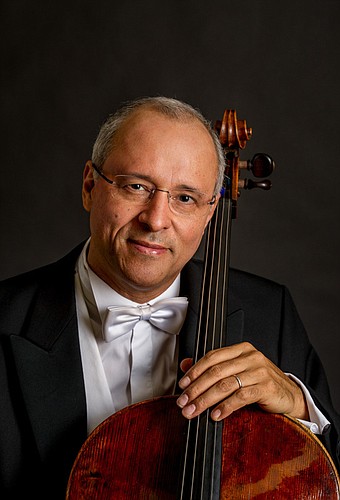- January 13, 2025
-
-
Loading

Loading

La Musica’s focus this season seems to be on making everything new — the music, the performers and the performances. Saying it in print isn’t necessarily the same as doing it but the 29 year old Festival is trying, and we have to give credit for that.
The program we attended this past Thursday evening sandwiched a work by the illustrious contemporary composer, John Harbison, between a pair of warriors: Beethoven and Dvorak. It’s traditional programming trying to look shiny and new. In addition, the Harbison, “Twilight Music for Horn, Violin and Piano,” although commissioned by the Chamber Music Society of Lincoln Center, is not the composer’s most stellar work. In fact, it was almost as indecipherable to hear as Harbison’s program notes were to read.
“The horn and the violin have little in common,” the composer writes. “Any merging must be tromp l’oreille (sic), and they share material mainly to show how differently they project it…”
Reading a line like that (and one isn’t sure “l’oreille” is a misprint, misspelling or something written on purpose to confuse us further), we had a feeling something equally confusing was about to happen on stage. And we were right.
The work started with the horn (Eric Ruske) out of tune with the piano. But the three instruments — violin (Jennifer Frautschi) and piano (Derek Han) — soon managed to key in to each other, which helped somewhat but not enough to hold our attention throughout. Yes, there was a jazzy toccata-like section and some interesting colors, especially from Ruske, who went from muted tones to blaring taxi beeps on his instrument. But, while played well (after that rocky start), myriad colors weren’t enough to make this a work worthy of a composer like Harbison.
La Musica’s concert opened with a rather anemic performance of Beethoven’s String Quintet in C featuring violinists Federico Agostini and Claudio Cruz, violists Daniel Avshalomov and Bruno Giuranna and cellist Julia Albers. It was polished and smooth but lacked the spark that makes a chamber performance stimulating.
Just the opposite, however, could be said for the final work, an electrified reading of Dvorak’s Piano Trio No. 3 in F minor, with Han, Agostini and cellist Antonio Meneses. This was the kind of playing we yearned for in the other pieces. It was exciting, passionate and sumptuous, with a great sense of style in the gypsy harmonies and rhythms, and a sense that the musicians were enjoying themselves as much as the audience.